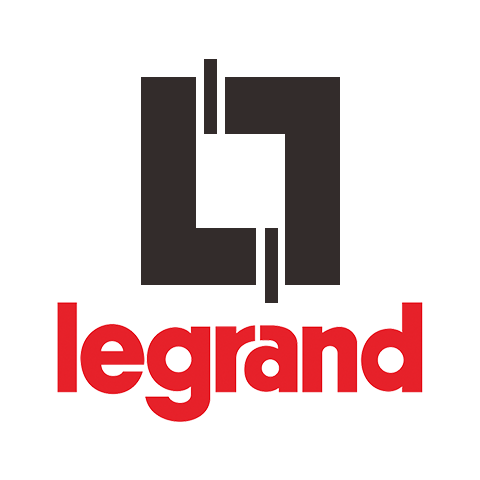Recommended series: Qu Yue, Gecai, Zhiqu, Jian Shang
Like Siemens, Panasonic was also the first foreign company to participate in China's construction after the reform and opening up, but the difference is that Panasonic did not enter the electrical industry at that time, but entered the production and manufacturing of picture tubes, and the electrical enterprise was officially established in 1993.
Panasonic in the golden age of the degree of diversification is very high, the production of various types of home appliances digital products, but in 2008 after the financial crisis, such a diversified business strategy obviously made Panasonic a little inadequate, 2009 to 2013 the company continued to lose money, so in recent years, Panasonic has carried out large-scale business streamlining, has withdrawn from plasma TV, lead-acid batteries, smart phones and other markets, through the stripping of loss-making business, so that in recent years, Panasonic Group's net profit margin has returned to about 3%.
Today, Panasonic is concentrating more on home appliances, automotive electronics, and new energy, and the electrical business is no longer the core of Panasonic. Compared with Legrand and Simon's continuous investment and research and development in the electrical industry, Panasonic's influence in the electrical field is not as good as before.
Although electrical products are no longer Panasonic's main business, Panasonic still insists on self-produced switches to ensure the stability of production, which is different from Siemens' "self-produced OEM" model. However, compared with Siemens switches, Panasonic switches are not solid enough in materials, and the current carrying parts are made of copper materials, which are slightly less elastic and less durable than tin phosphor bronze.
There are many Panasonic switch series, according to the price from high to low, there are LEVELART series, Quyue series, Gecai series, Jianshang, Zhiqu and so on. Almost all products use fast terminal blocks, the advantage is that the wiring is extremely fast, easy to install, but the defect is that the fast terminal can not be rewired, once the circuit needs to be repaired, the switch can only be replaced directly, which virtually increases the maintenance cost.
In the higher-priced LEVELART series, Quyue series, and Gecai series, Panasonic uses a self-developed full-reset structure, which gets rid of the traditional large rocker plate and makes the switch pressing position more free. The LEVELART series panel is only 2mm thin, which is the thinnest wall switch on the market, and the metal brushed front panel and contrasting asymmetrical design are suitable for business style decoration, but its price is super high, starting at 168 yuan.
In contrast, Panasonic's main mid-to-high-end series of Quyue and Gecai are more suitable for home use, with white, blue, pink and other colors to choose from, and several colors with obvious Japanese style, which is more simple and elegant. The price of the Quyue series is 24 yuan, and the price of Gecai is 29 yuan, but the two series of products with LED lights are expensive, and the prices are more than 50 yuan. If you pursue higher cost performance, Zhiqu, Jianshang two series is a good choice, the core components of the material and Quyue, Gecai is similar, the price is about 10 yuan.
- Related rankings
-
- Smart fingerprint lock
- Interior door locks
- Exterior door locks
- padlock
- Anti-theft security door
- Interior doors
- Hinge hinges
- Home burglar alarm system
- Socket panel
- Sockets
- Household air switches
- Home improvement wires
- multimeter
- Tool set
- wrench
- Floor drain
- Fan
- Putty
- lawn mower
- Diesel generators
- Villa elevator
- excavator
- Electric angle grinder
- Industrial fan












